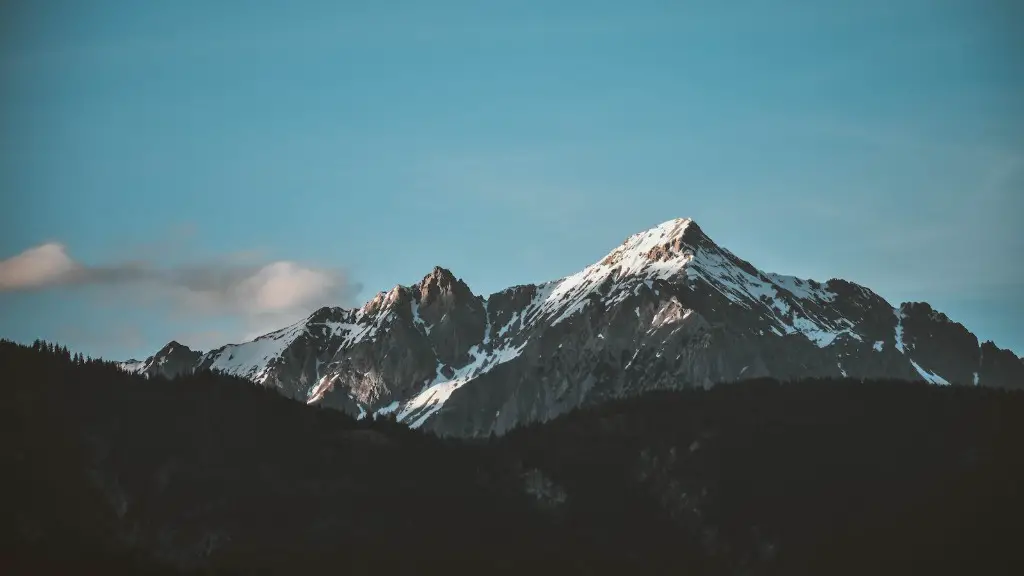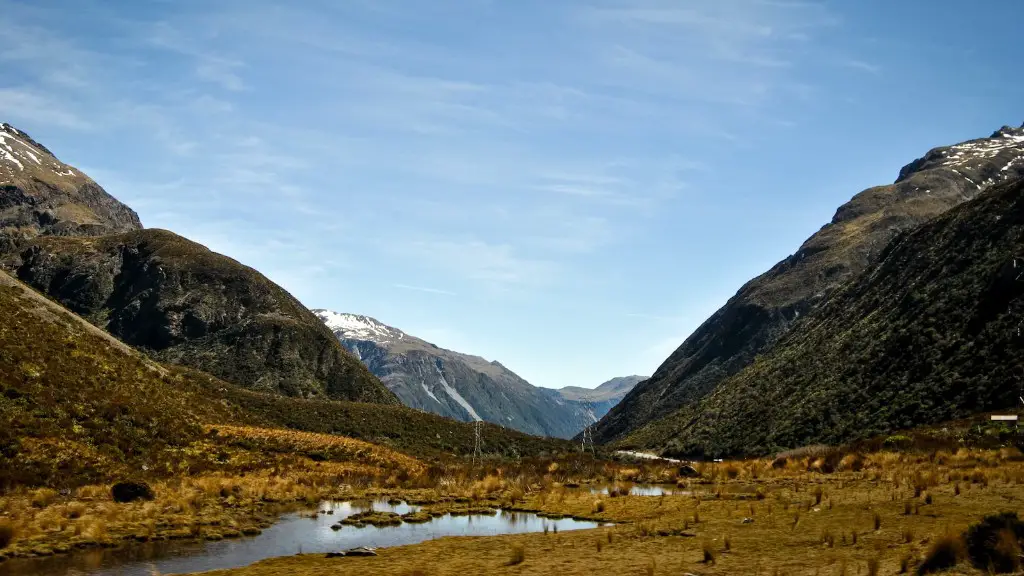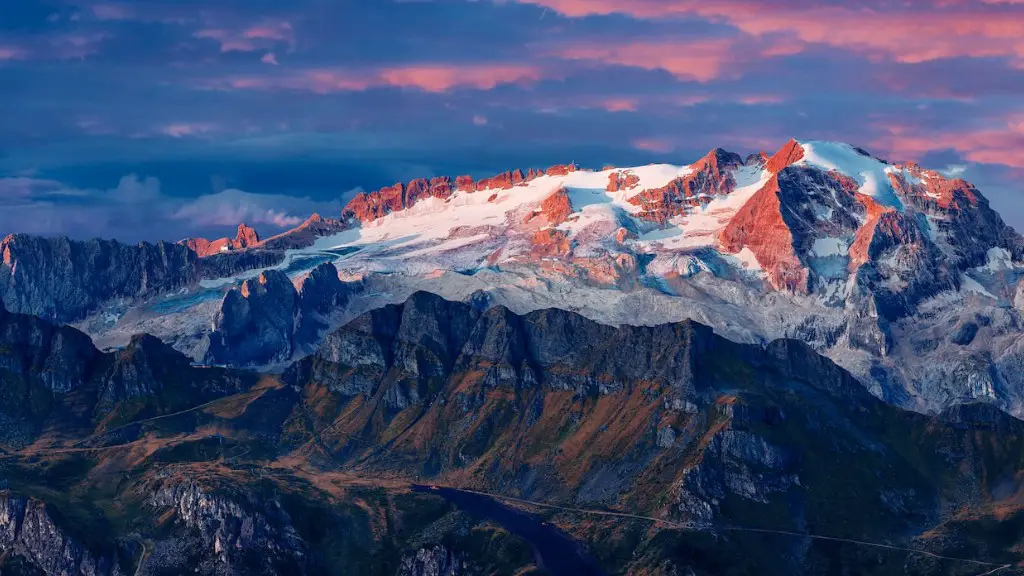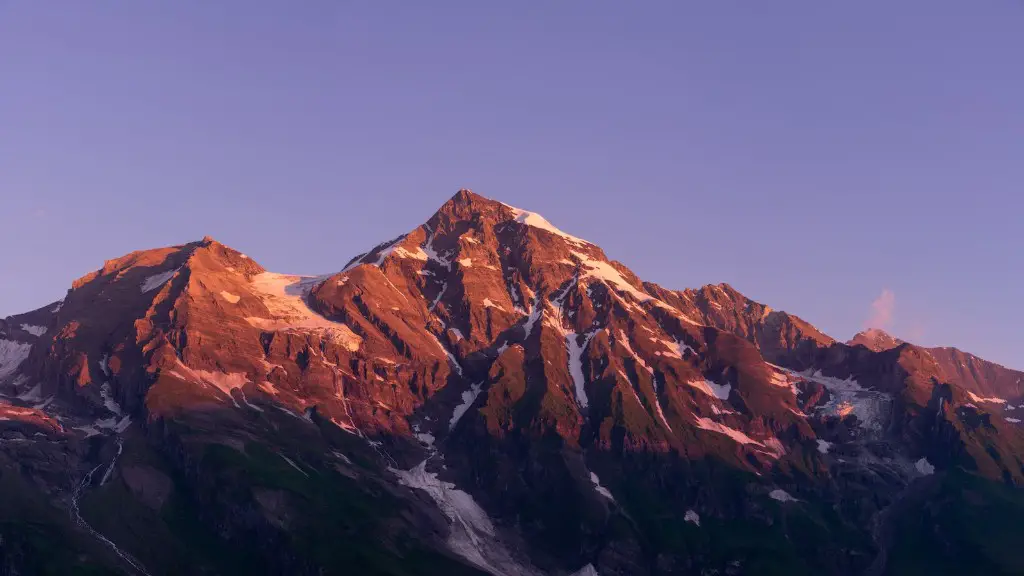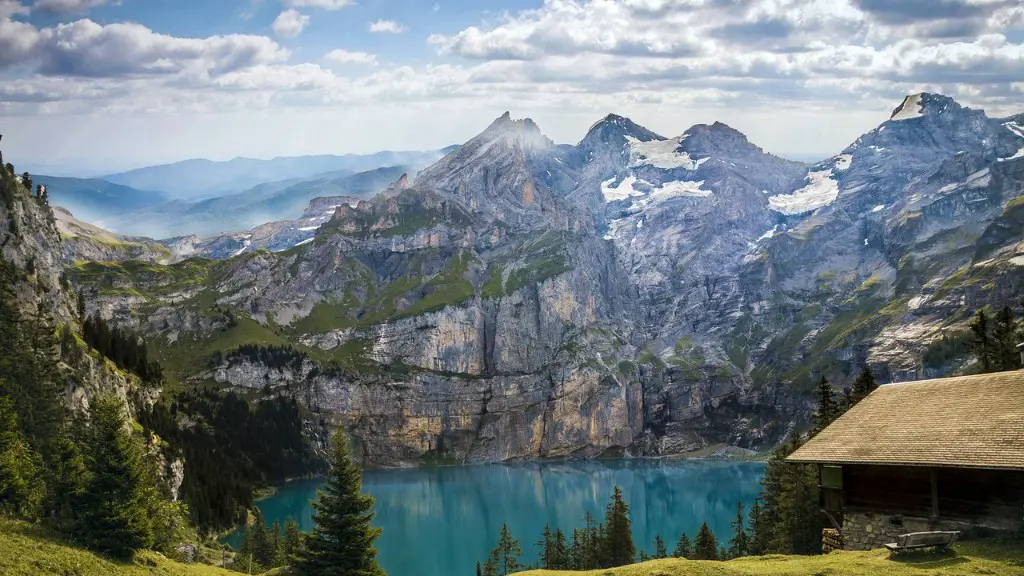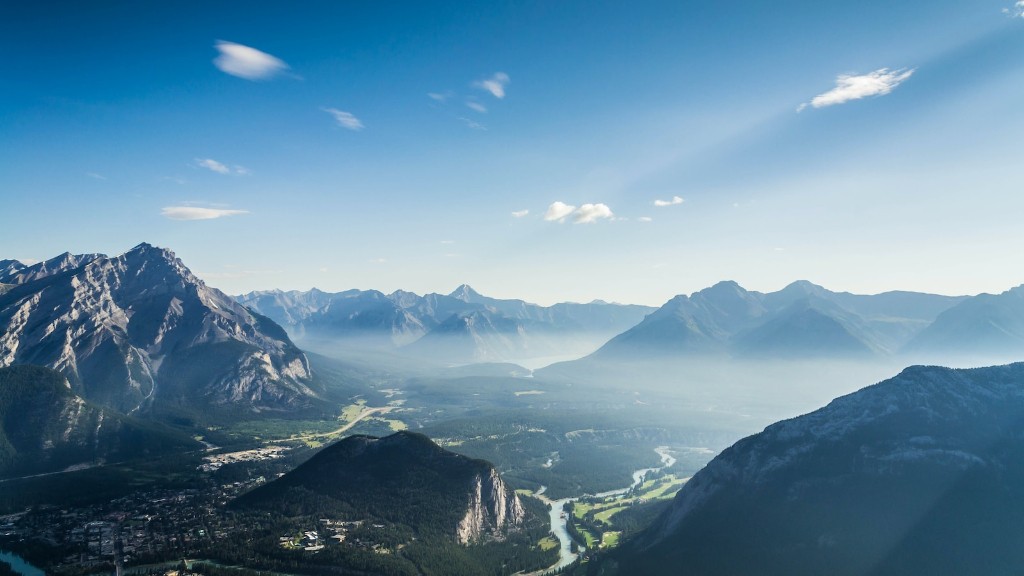Mount Everest, the tallest mountain in the world, is getting taller. Scientists say that the mountain is still growing, about 4mm a year. Mount Everest is about 60 million years old.
Mount Everest grows taller every year, but only by a few millimeters. The mountain is slowly being pushed upwards by the forces of plate tectonics.
Is Mt Everest growing or Shrinking?
Everest is getting taller over time because the Indian plate is slipping under the Eurasian plate, which uplifts the Himalayas. This is due to plate tectonics, which is the movement of the Earth’s crust.
The collision of the Indian and Eurasian plates is responsible for the formation of the Himalayan mountain range. The Indian plate is more buoyant than the ocean crust, so it resisted sinking when it collided with Eurasia. Instead, the collision compressed the landscape and thrust it upward into mountains. Mount Everest is the highest peak in the Himalayas, and it rose from this tectonic collision. The collision continues to influence the height of Mount Everest today.
How long could you survive on top of Mount Everest
The death zone is the area above 8,000 meters (26,000 feet) where the air is so thin that the human body cannot function properly. The main cause of death in the death zone is exhaustion from the lack of oxygen. People are advised not to stay in the death zone for more than 16 to 20 hours because the risk of death is high. Shorter stays can also be deadly. Most of the 200+ climbers who have died on Mount Everest have died in the death zone.
George Mallory’s body was found in 1999, 75 years after his death in 1924. The body was found after an unusually warm spring, and it is believed that Mallory had attempted to be the first person to climb Everest. However, he disappeared before anyone could find out if he had succeeded.
Is Everest safer now?
Everest is becoming a safer place to climb, with overall death rates declining between 1990-2005 and 2006-2019. However, death rates are still slightly higher for women than for men, with 11% of 2,860 men dying compared to 5% of 548 women during the same time period.
Pemba Dorji is a Nepalese Sherpa who is known for his speed in climbing Mount Everest. In 2004, he reportedly climbed the mountain in 8 hours and 10 minutes, using supplemental oxygen and ropes. This is an amazing feat, considering the altitude and conditions of the mountain. It is a testament to his skills as a mountaineer.
Why does it take 40 days to climb Everest?
The higher the peak, the more efficient our bodies must be at using oxygen, so the more we must acclimatize. The highest mountains in the world are over 8,000 meters (26,400′) and the air is so thin (low in pressure), it takes weeks for our bodies to even be able to survive at the altitudes where we camp.
If you’re interested in climbing Mount Everest, you’ll need to allow for up to three months to make the journey. Just getting to Everest Base Camp takes 19 days, and from there it’s an average of 40 days to reach the peak.
Are bodies removed from Everest
The high altitude and extreme conditions on Everest make it very difficult to remove bodies when people die. It can often be very costly too, with some estimates suggesting it can cost up to $70,000. This is why some people choose to leave their bodies on the mountain, as it can be too dangerous and expensive to try and bring them down.
While it is definitely a challenge to breathe at such high altitudes, it is still possible to catch your breath with a little patience. The main thing to remember is to take slow, deliberate breaths and to focus on relaxing your body as much as possible. With a little bit of practice, you’ll be able to catch your breath on the peak of Everest in no time!
How big is the death zone on Mount Everest?
The “lethal zone” is a term used to describe the altitude above 8,000 metres where the chance of dying from exposure or lack of oxygen is significantly increased. Above this altitude, the human body is simply unable to function properly and will eventually shut down.
Despite the dangers, many mountaineers continue to push themselves to reach the summit of Everest and other high peaks. However, it is important to remember that even with the best equipment and preparation, there is always a significant risk involved in venturing into the lethal zone.
Green Boots is the name given to the unidentified body of a climber that became a landmark on the main Northeast ridge route of Mount Everest. The body has not been officially identified, but he is believed to be Tsewang Paljor, an Indian climber who died on Everest in 1996.
Who is the famous dead guy on Everest
Green Boots is the nickname given to the unidentified corpse of a climber on Mount Everest. The body is that of an Indian climber, believed to be Tsewang Paljor, who died in 1996. The nickname comes from the fact that the body is wearing a pair of green hiking boots. Green Boots has become a marker for climbers on the primary Northeast ridge route of Everest, and is a reminder of the dangers of the mountain.
Jordan Romero is an American mountain climber who was 13 years old when he reached the summit of Mount Everest. This is an incredible accomplishment, and Jordan is an inspiration to young people everywhere.
Do cell phones work on Everest?
Yes, you will get cell phone service in Everest Base Camp Trek. It is important to learn about cell phone services before starting your journey.
Mount Everest is the highest mountain in the world and is located in the Himalayan range. For much of the year, the mountain is covered in hurricane-force winds and sub-freezing temperatures. Even flying over Mount Everest is as tough. Most pilots flying commercial jets usually avoid flying over such peaks as navigating through the maze of some of the highest mountains in the world is extremely risky.
What was the deadliest year on Everest
The 1996 Mount Everest disaster occurred on 10–11 May 1996, when eight climbers from four expeditions died as a result of a severe storm that hit the mountain. It is considered to be one of the deadliest mountaineering accidents in history.
Nims Purja has set two new world records, marking yet another 8,000m season where he has pushed the boundaries of his sport further than many thought possible. In just eight days, 23 hours and 10 minutes, Purja summited Everest, Lhotse and Kanchenjunga – all without supplementary oxygen. This is an incredible feat, and cements Purja’s place as one of the greatest mountaineers of our time.
Final Words
Yes, Mount Everest gets taller every year because it is pushed up by the movement of the Earth’s crust.
There is no evidence to suggest that Mount Everest is getting taller. In fact, the opposite may be true – recent research indicates that the mountain may be shrinking. And while it’s still the tallest mountain in the world, it’s possible that it could eventually lose that title if it continues to shrink.
